With the uncertainty of the job market, having an updated resume that reflects your experience has never been more critical. As you update your CV, you may wonder how long your resume should be and what it should include.
The length of your resume depends on how long you’ve been working, the types of work you’ve done, and the jobs you’re applying for.
Here, we will guide you on how long your resume should be based on different criteria. That includes your range of experience and how long you’ve been working.
How long should a resume be?
While there is no hard and fast rule for how long your resume should be. However, there is helpful guidance based on your experience.
The more concise, the better. If you have 0-5 years of experience, having your resume be one page long should work best.
These rules vary as your career progresses. The length changes based on how much information you need to include for the roles you apply for.
A recent graduate’s resume will look different than that of someone who has been working for 20+ years.
Here, we look at how the lengths may vary due to the roles you’re applying for.
For Entry-Level Roles
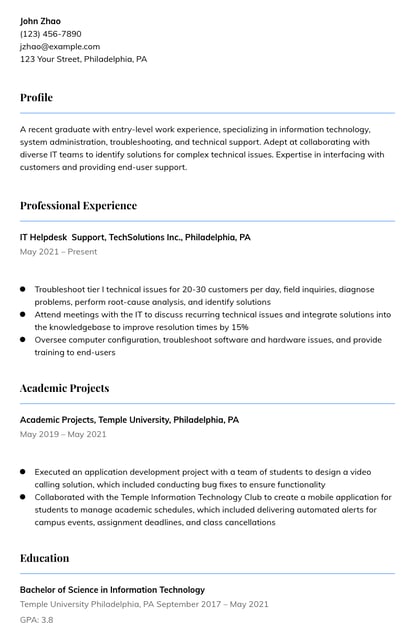
When you’re just starting your career, pulling together a resume can be a daunting task. You may ask yourself many questions about what you should include and how long your resume should be.
When submitting your resume for entry-level roles, the length of your resume correlates to how many years of experience you have. One page should work fine if you have less than five years of experience.
Even if you have several jobs or have worked at different companies, you should consolidate your expertise onto a page. You can cut out irrelevant internships or jobs from summers past.
Instead, focus on the roles with more relevant experience and your professional, full-time roles.
For Mid-Level Roles
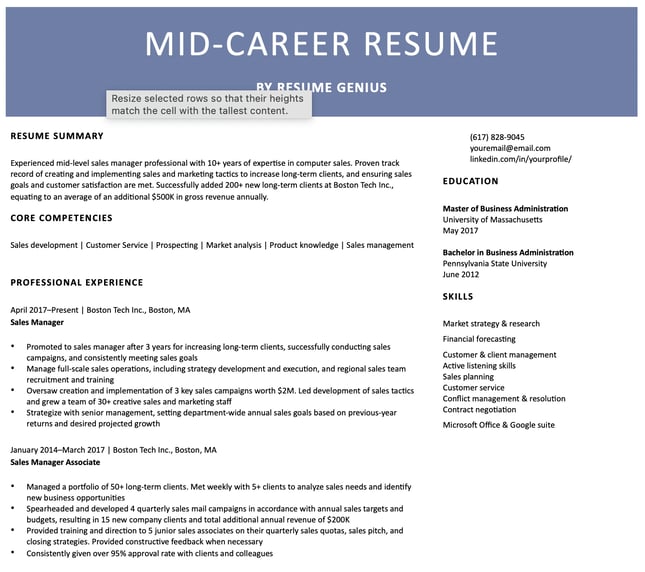
Mid-level roles are tricky, depending on how much experience you have. With 8+ years of experience, you can choose to have a longer than one-page resume, further explaining your roles and responsibilities.
However, many hiring managers prefer to see your qualifications on one page. You can cut out early-career, irrelevant experiences. You can also list these roles with limited bullet points related to your responsibilities.
This leaves you more room to focus on your more relevant roles.
Use your best judgment to tailor the resume to the role. Being selective with the information you include will show off your career path while focusing on your career highlights.
For Senior Roles
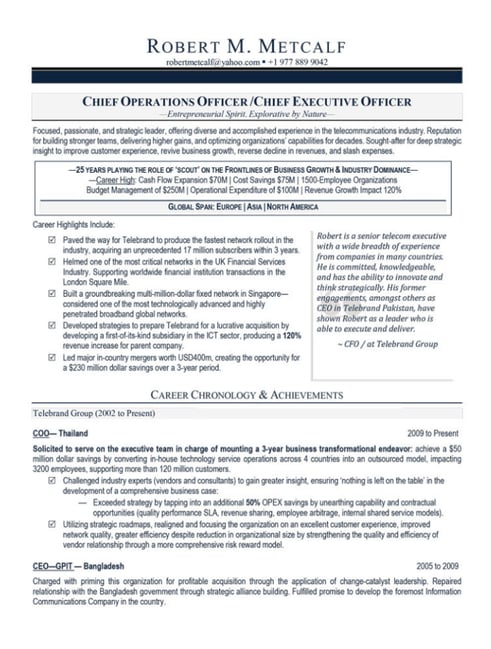
As you go up in the seniority of the roles you’re applying for, you can increase the length of your resume. For senior leadership roles, you can opt for two to three pages.
You may need this extra room to share about your previous manager or leadership roles.
Anything longer than three pages will likely be ignored by recruiters. Even with additional space, you’ll want to focus on the highlights of your career. Include metrics related to your accomplishments that you can expand upon in interviews.
Beyond eight years of experience, you’re likely aiming for a leadership role. In this scenario, Zippia suggests focusing on your last 10-15 years of leadership experience.
For Academic Roles
Academic resumes differ from traditional resumes. They include information about your studies, coursework, and your publications in peer-reviewed journals.
For academic roles, your resume should be longer than two pages to include all of your licenses, patents, or publications. It’s possible that your academic resume could be up to 15 pages long to reflect the work that you’ve been doing.
Here, you have more freedom with length and can use your best judgment when compiling your resume.
Resume Length Best Practices
Whether you need to add more information or cut down on what you already have, it’s good to look critically at your resume. Here are some resume-length best practices to help guide you in your revision process.
If you would like to freshen up the content of your resume, be sure to read our guide on how to write a resume. If you’re stumped on the layout of your resume or looking to refresh the design, check out a few of our resume templates.
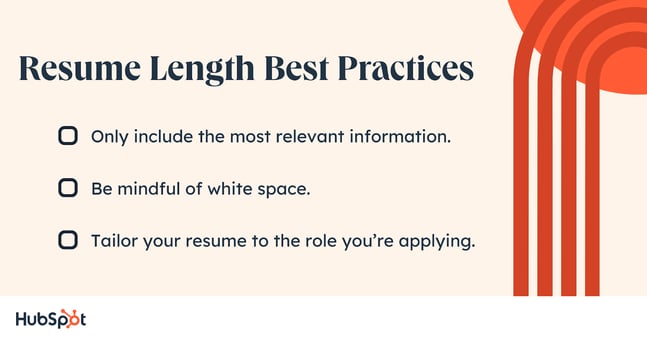
Only include the most relevant information.
We tend to want to write out all of our job functions to prove that we’re capable and qualified when applying. To cut down on the length of your resume, use these questions as a good framework:
- Are all the bullet points on my resume relevant to the job description?
- Do I over-explain any of my job functions in my summary paragraphs?
- Is there any redundant information on my resume?
- Can I remove any bullet points and add this information to the cover letter?
- Can I remove any bullet points and discuss some of my experience in an interview?
Be mindful of white space.
When considering resume length, make sure you strike the right balance in formatting. You‘ll still want margins on your resume, but they can be thin. Avoid double spacing, and consider using a compact font.
You can even make your font smaller, so long as it’s still legible.
You should squeeze all of your information into every possible space. However, be sure to keep things readable and pleasant to look at.
It’s estimated that hiring managers spend only 7 seconds looking at resumes. You don’t want to overload them with information. Keep relevant information.
Ensure there’s enough spacing for the words to stand out and speak for themselves. Don’t crowd your information; the hiring manager might already dismiss your resume.
Tailor your resume to the role you’re applying.
Tailoring your resume is a good general rule when applying for jobs. Reaching the appropriate length for your resume requires only relevant information and experience. Be mindful of the information you’re including.
Ensure you only include relevant roles and descriptions in your resume. If you’re applying for marketing roles, you won’t need to add in an internship.
This takes some extra work, but once you‘ve outlined what’s essential to the job you‘re applying for, you can carefully tailor your resume.
You’ll know what skills or traits to highlight, what keywords to use, and which parts of your background will be most interesting to the hiring manager.
Whether reviewing a resume you already have or starting from scratch, use these best practices to put your best foot forward.
Getting Started
A well-crafted resume should be long enough to effectively outline your skills and qualifications, but not too lengthy or tedious. Typically, one to two pages will work for most job applications.
Ultimately, the key is to strike a balance between depth and conciseness.
Give your resume to a friend to see if you’ve struck the right balance. Sometimes, all you need is a second set of eyes.

![→ Download Now: 12 Resume Templates [Free Download]](https://no-cache.hubspot.com/cta/default/53/4ec95757-585e-40cf-9189-6b3885074e98.png)
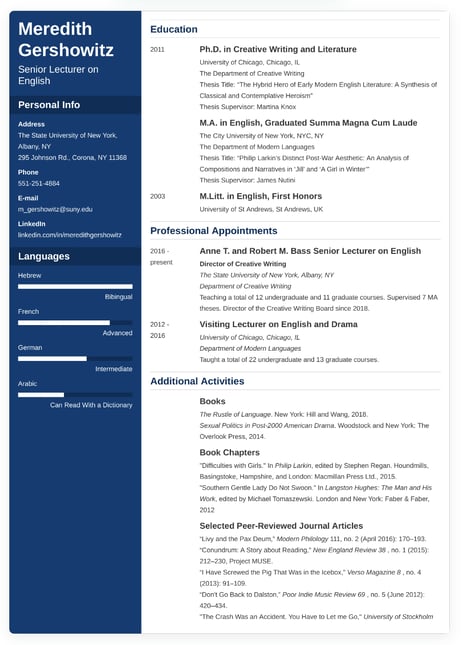
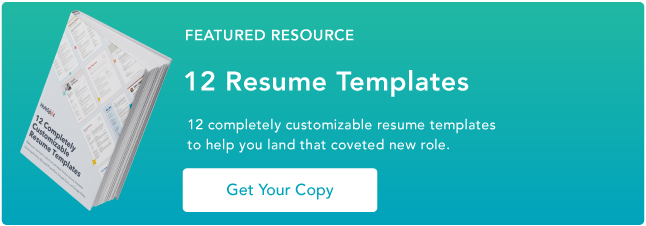


![How to Optimize for Google’s Featured Snippets [Updated for 2024]](https://moz.com/images/blog/Blog-OG-images/How-to-Optimize-for-Googles-Featured-Snippets-OG-Image.png?w=1200&h=630&q=82&auto=format&fit=crop&dm=1724004002&s=13df73104762982790dab6dc8328023f)


